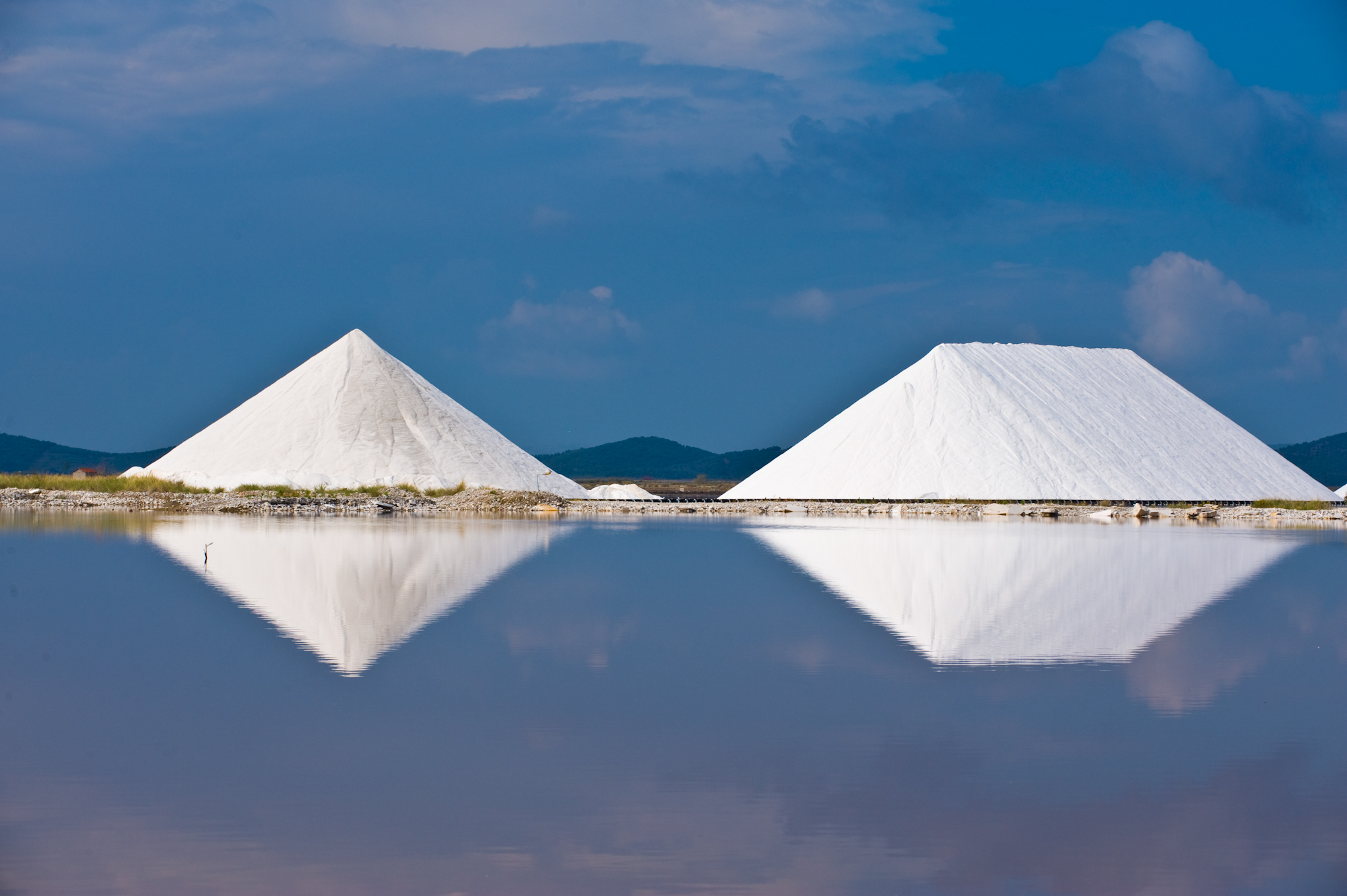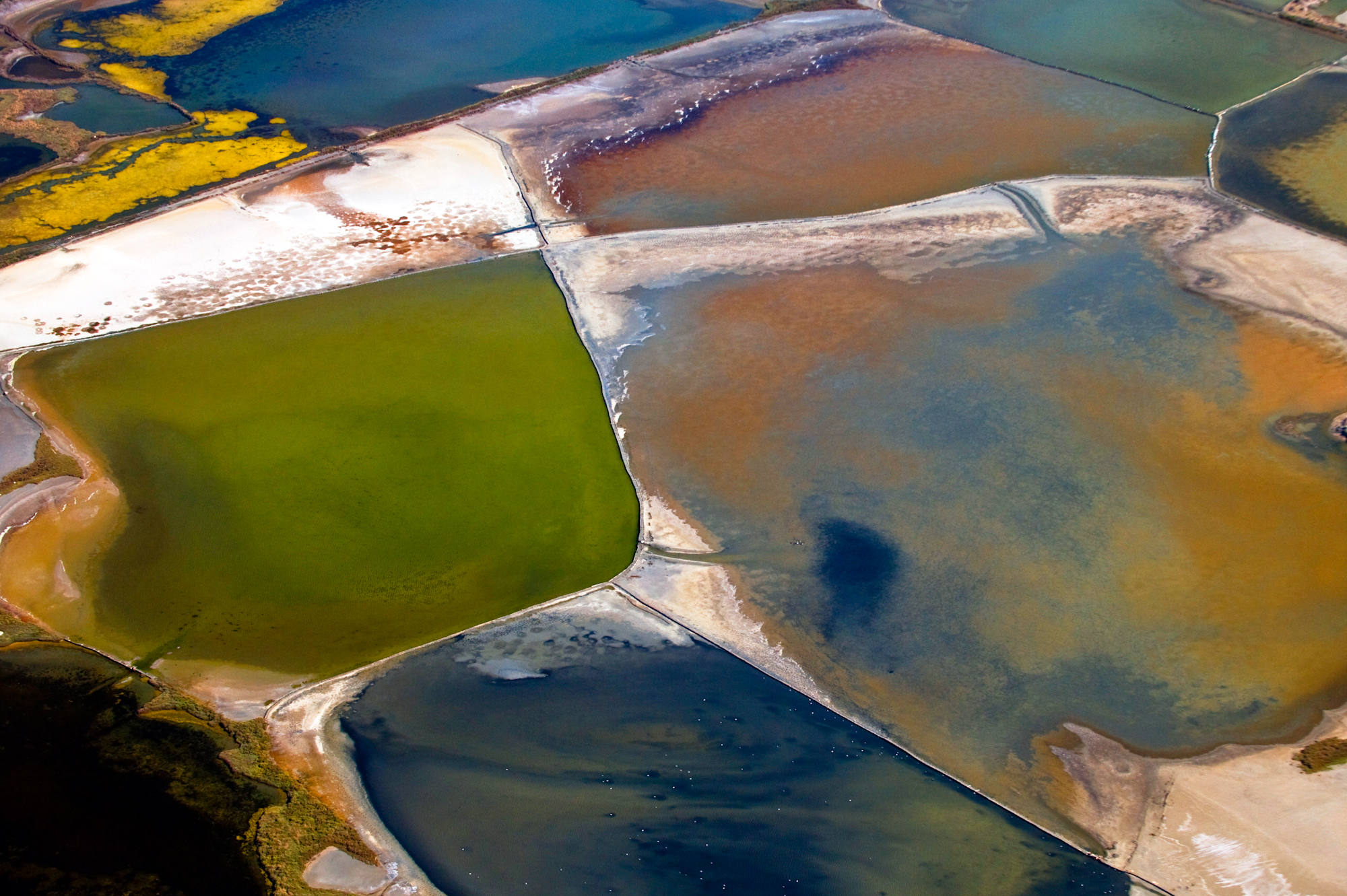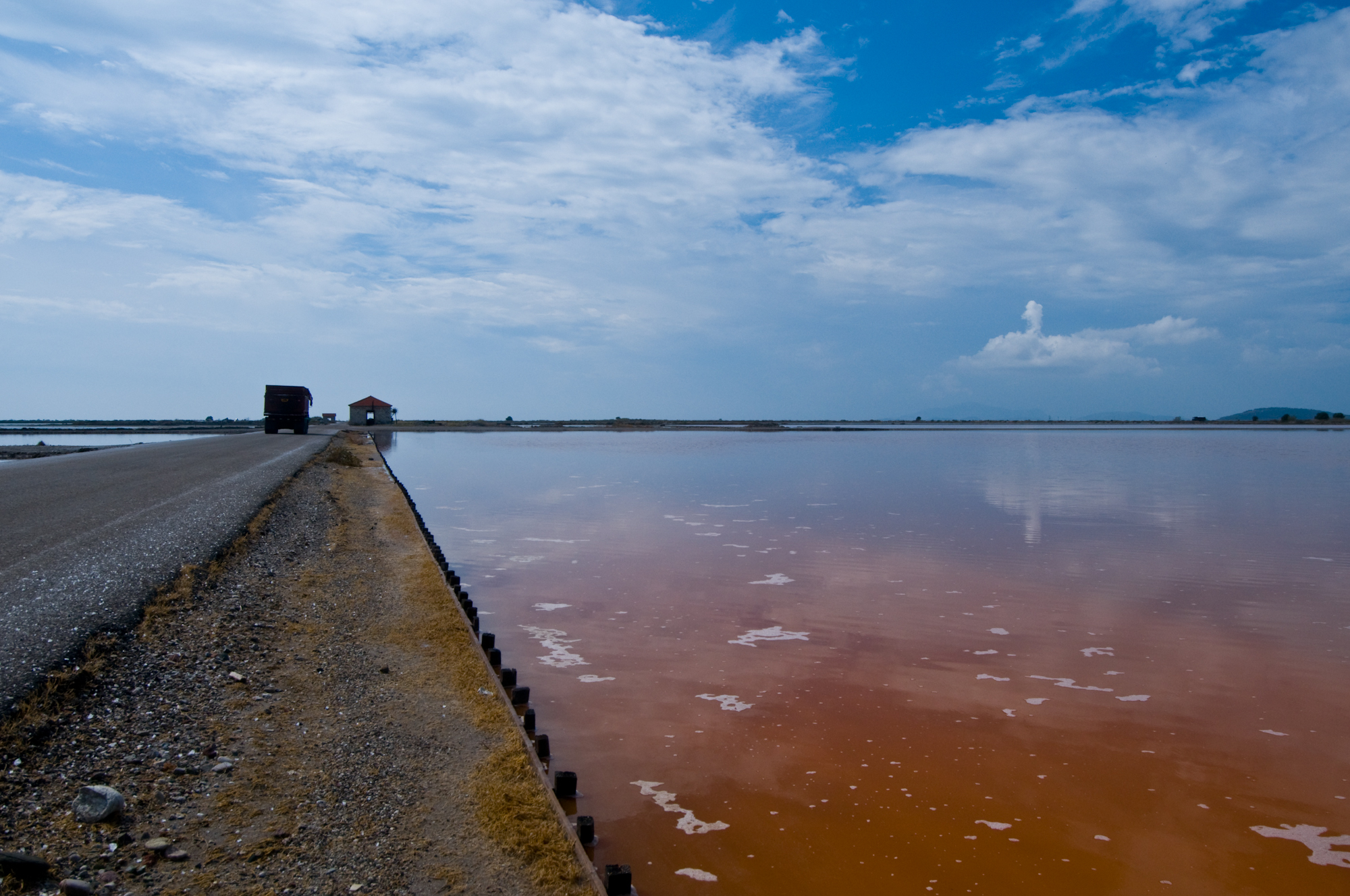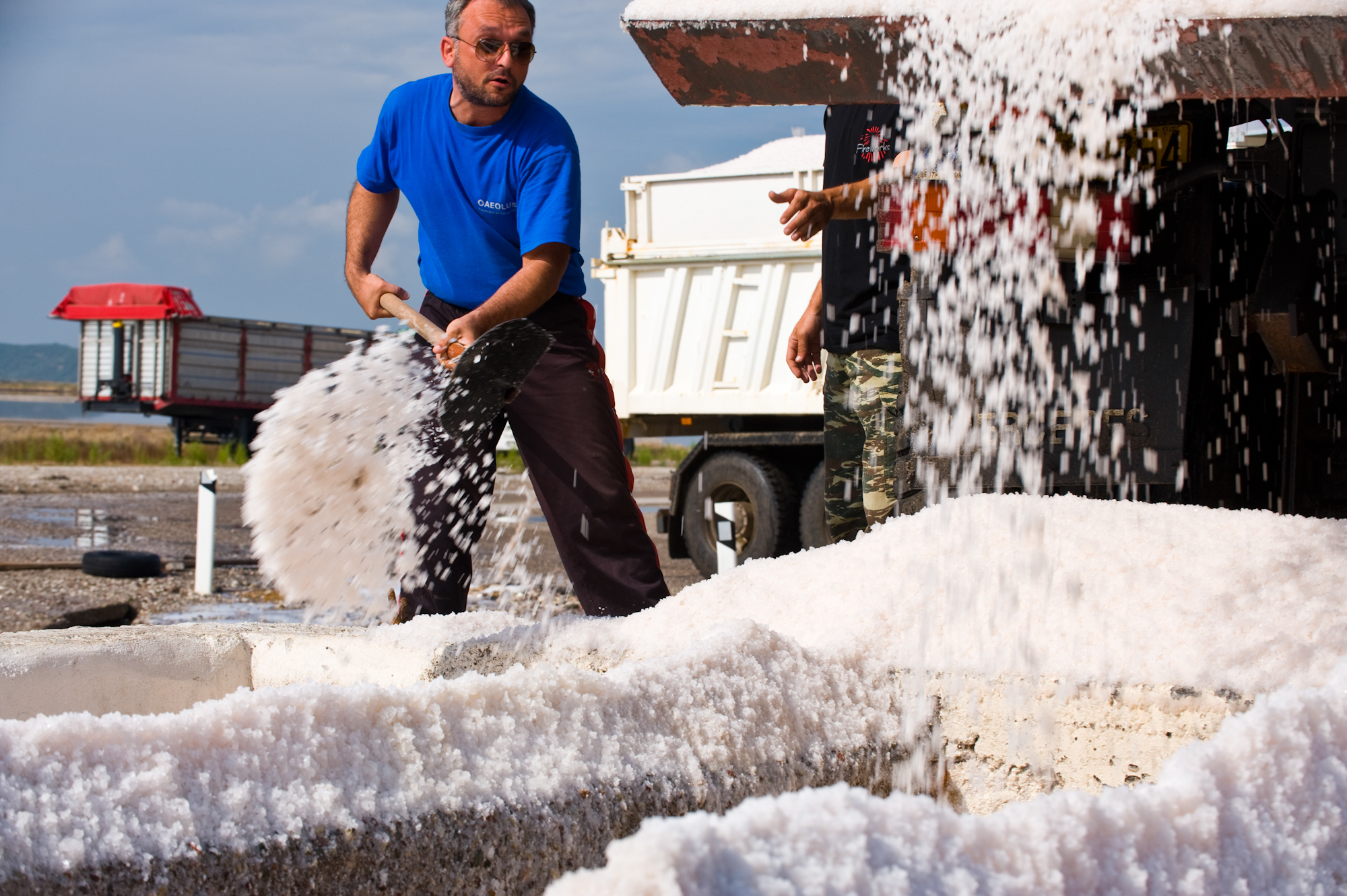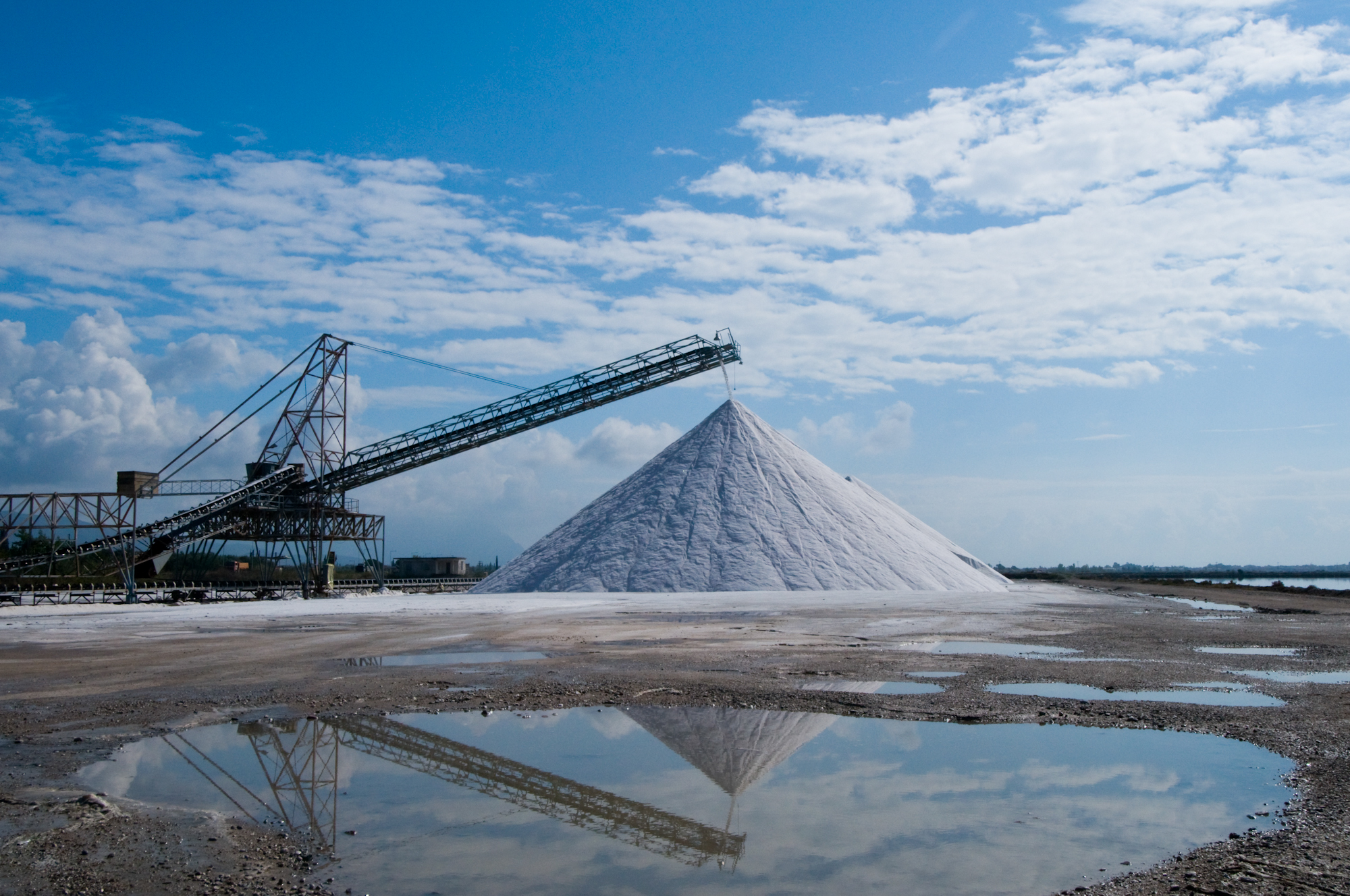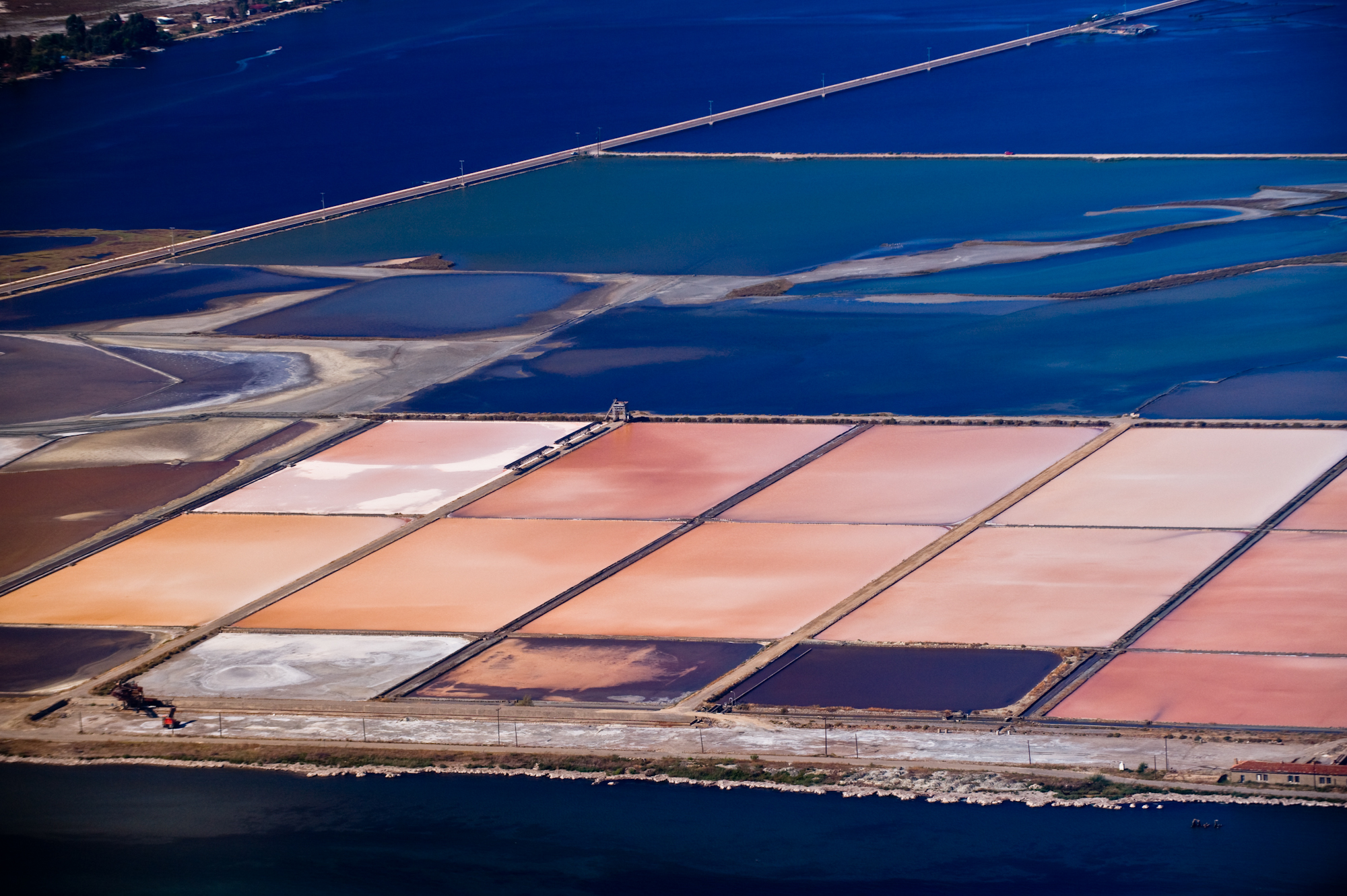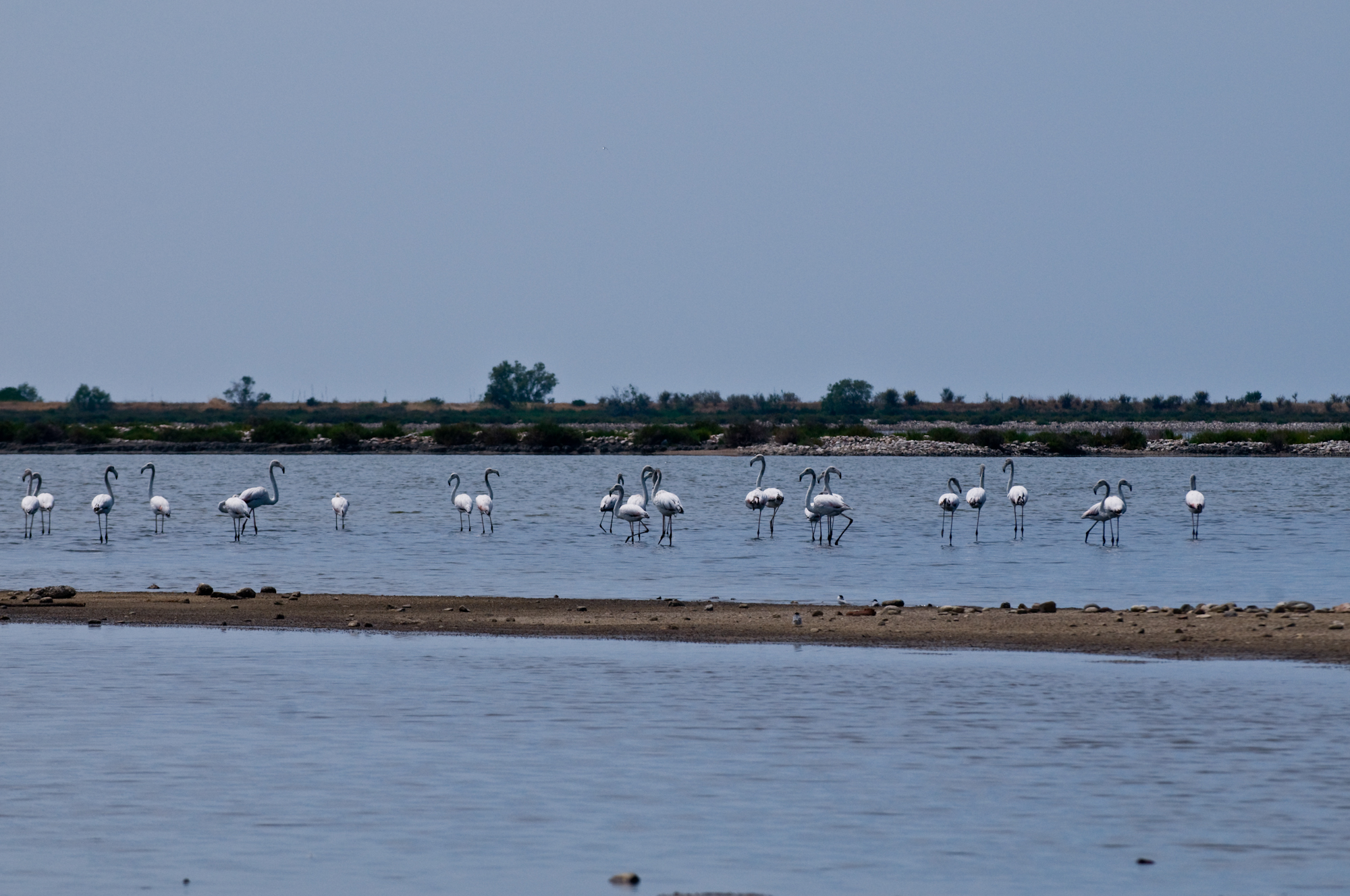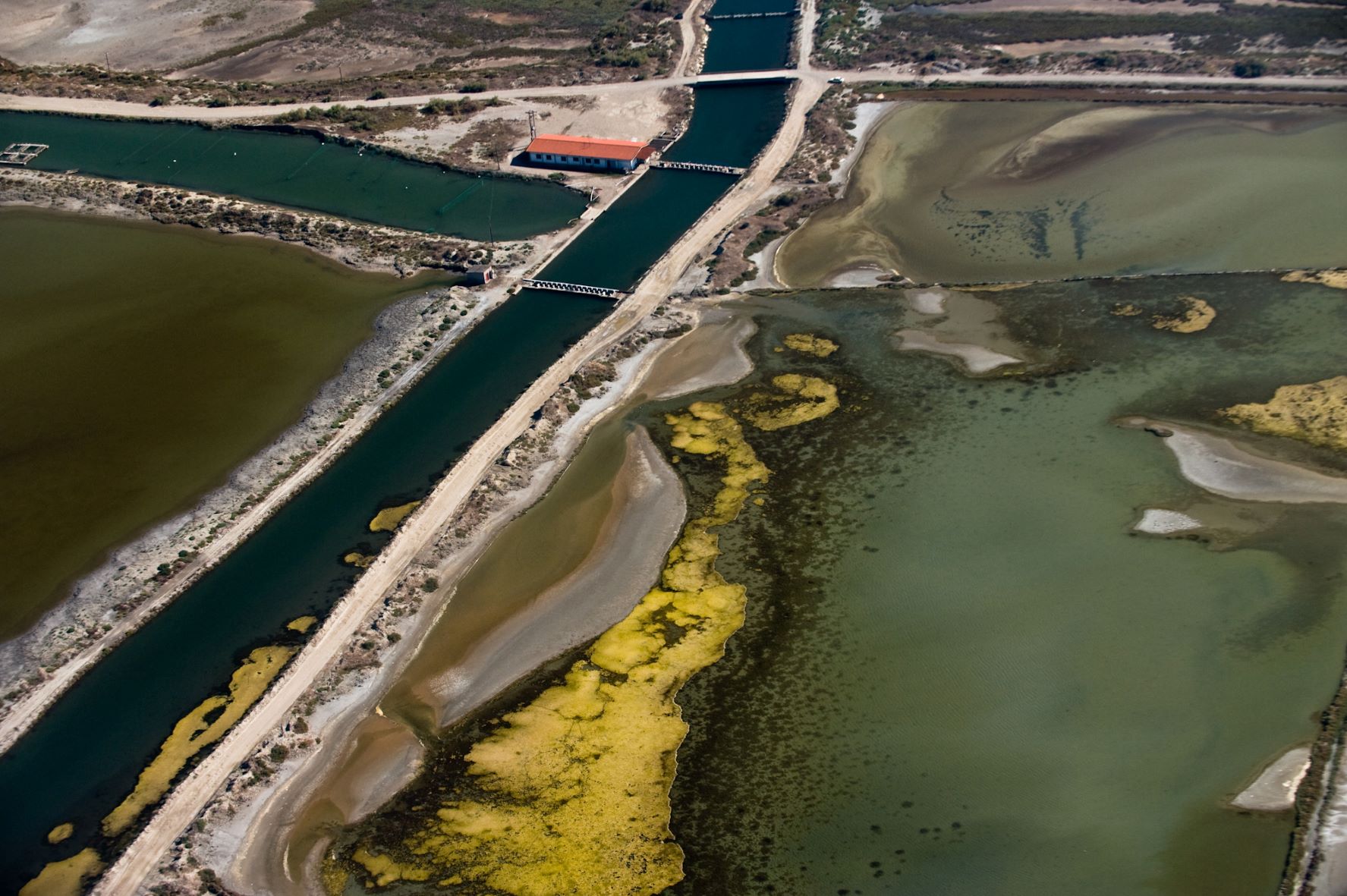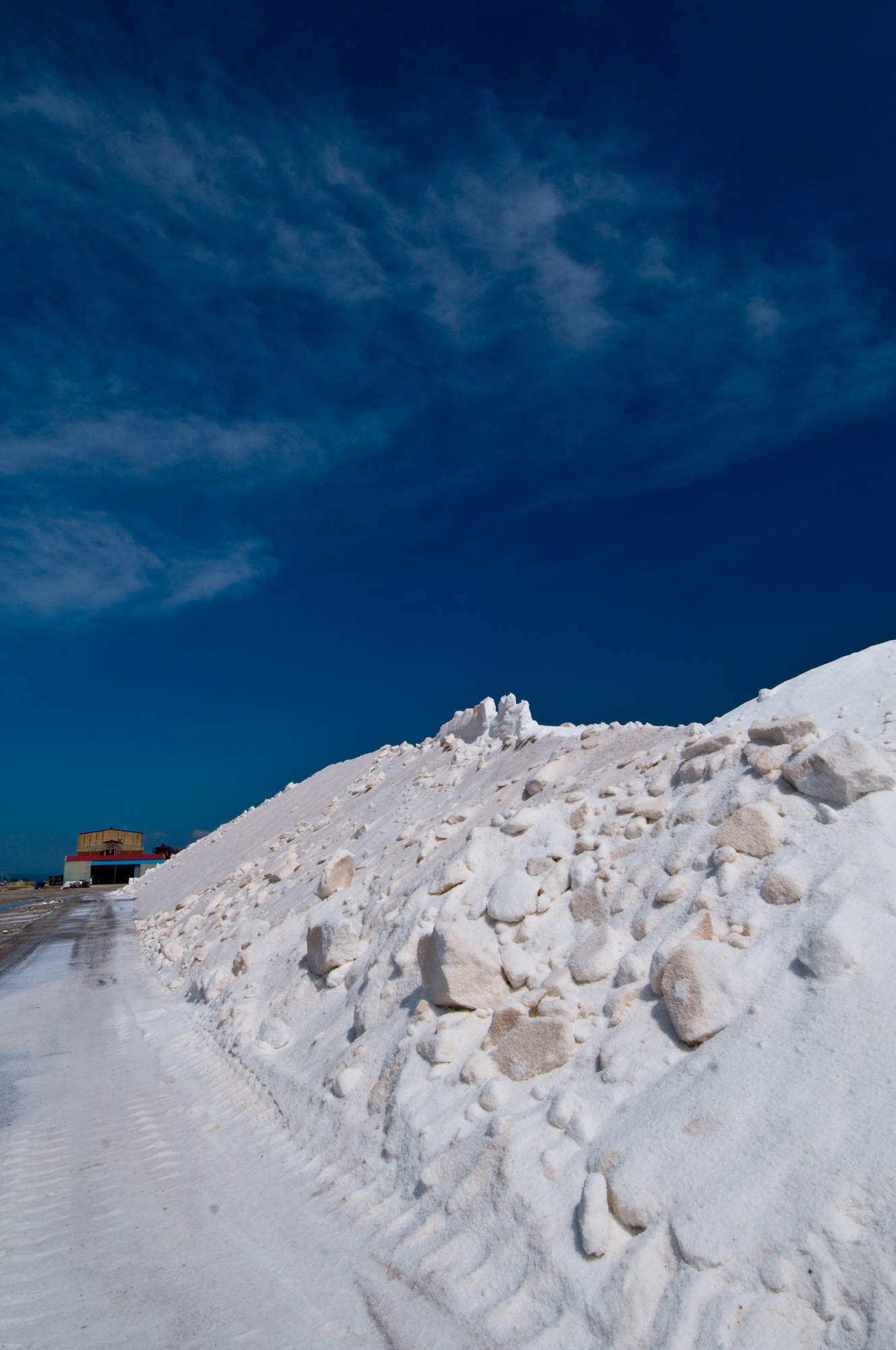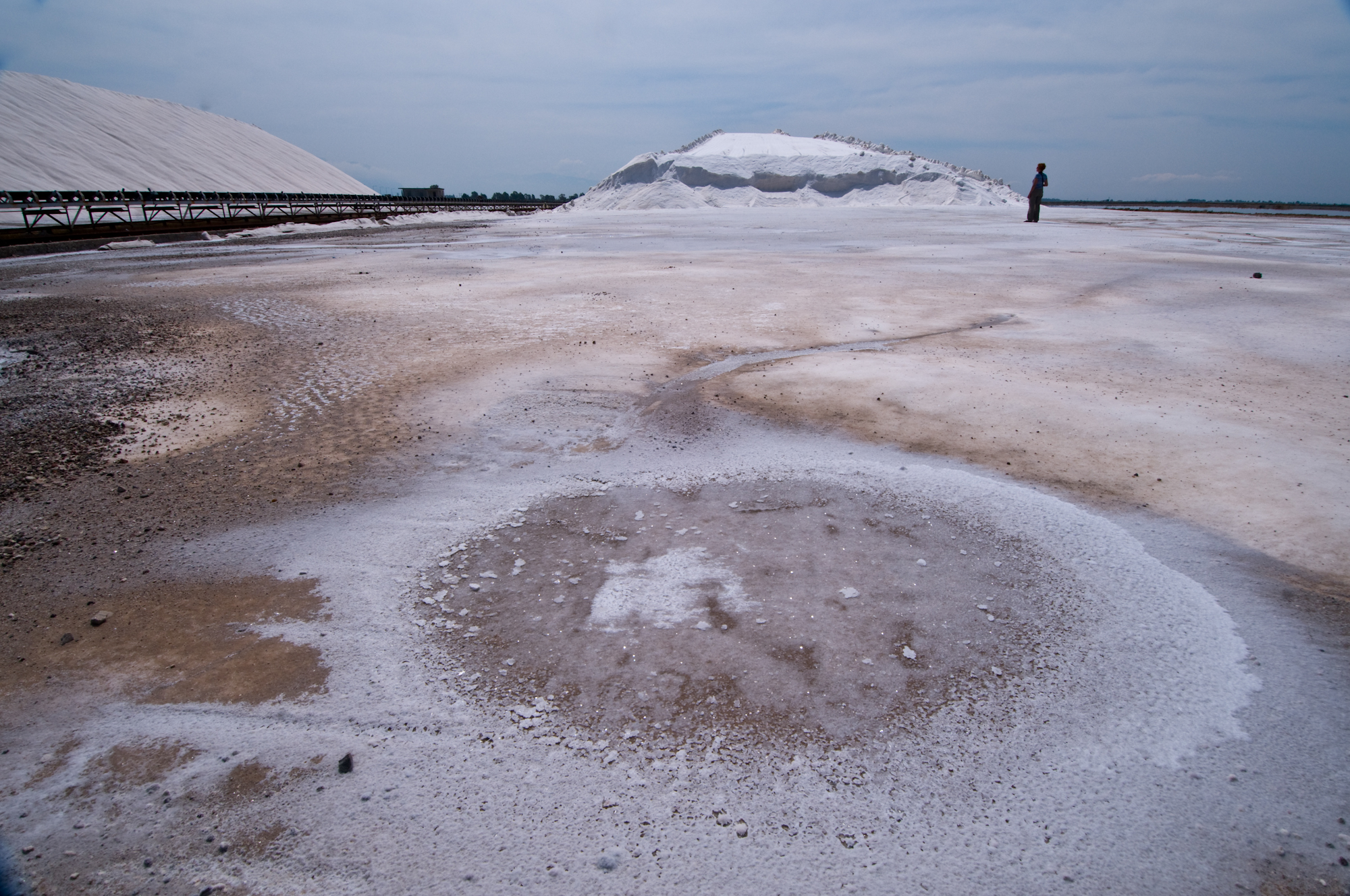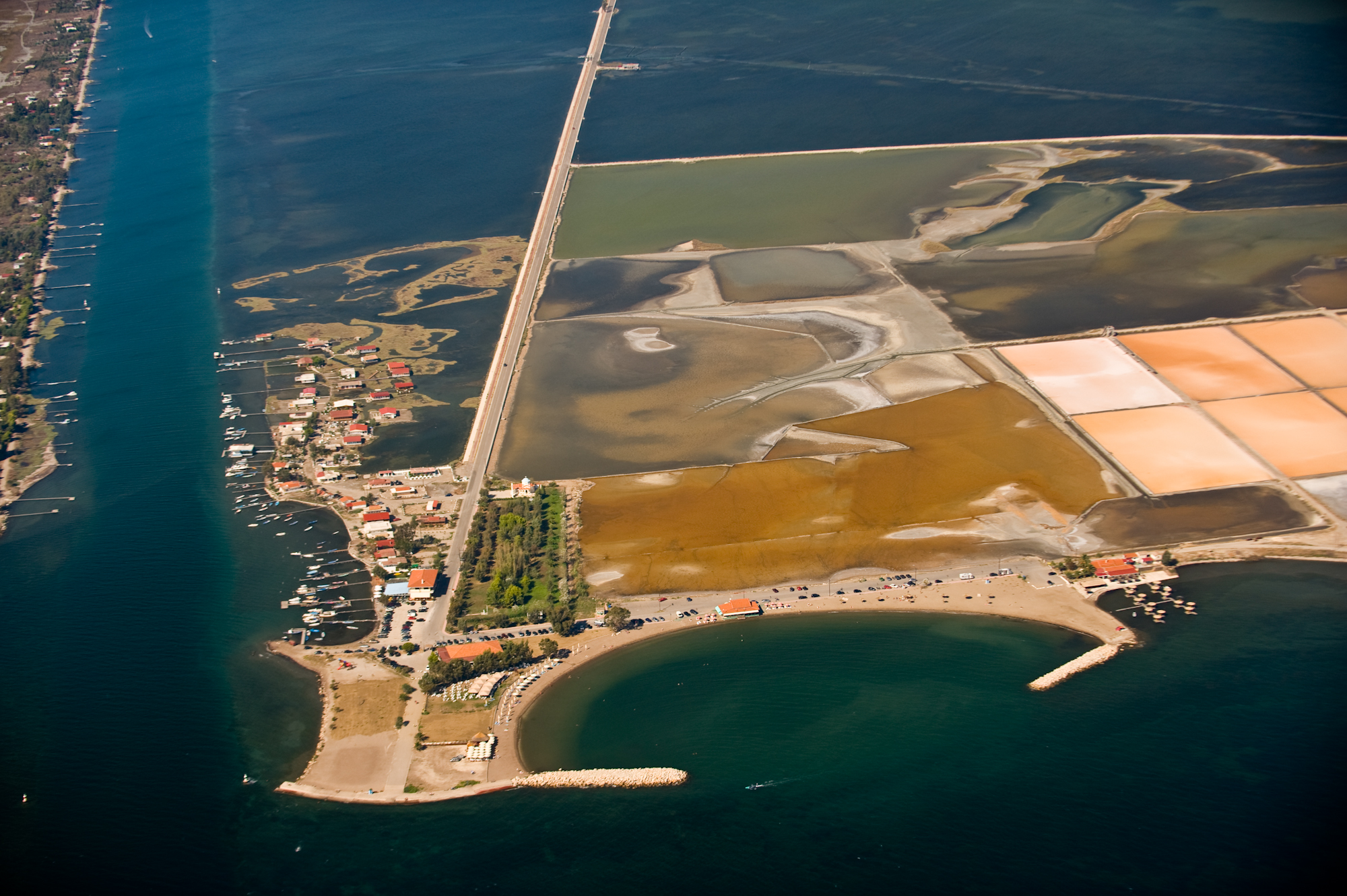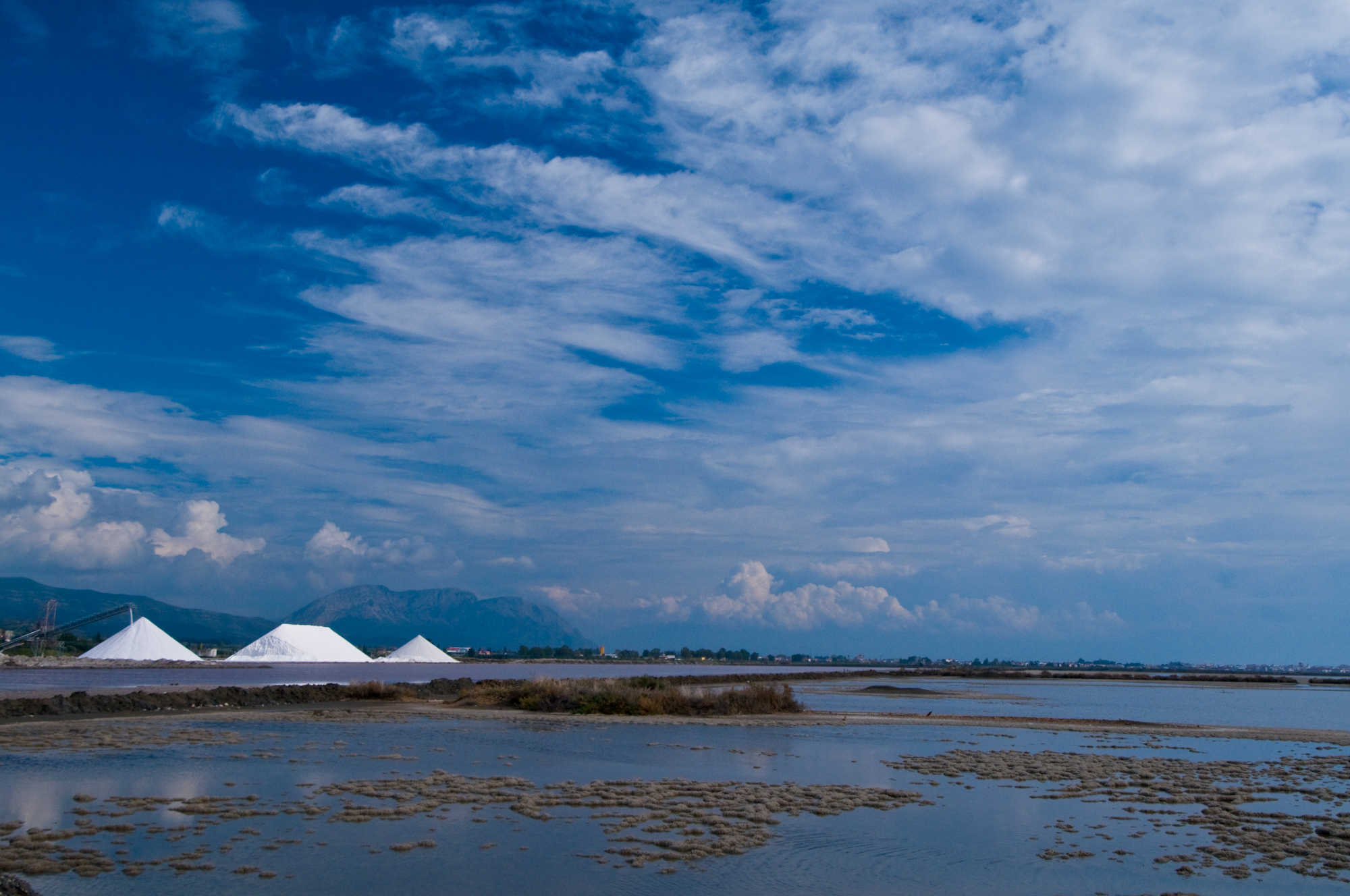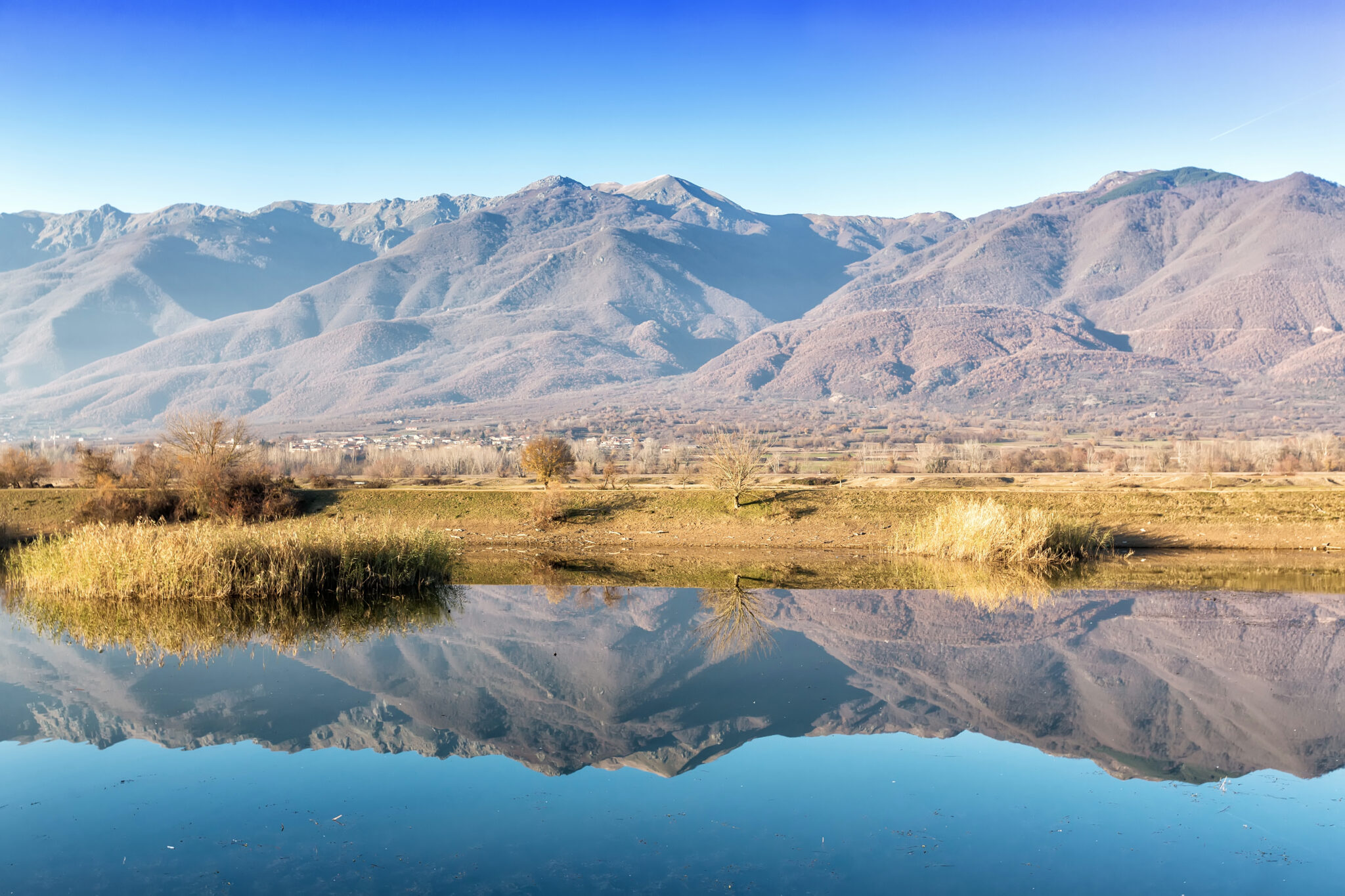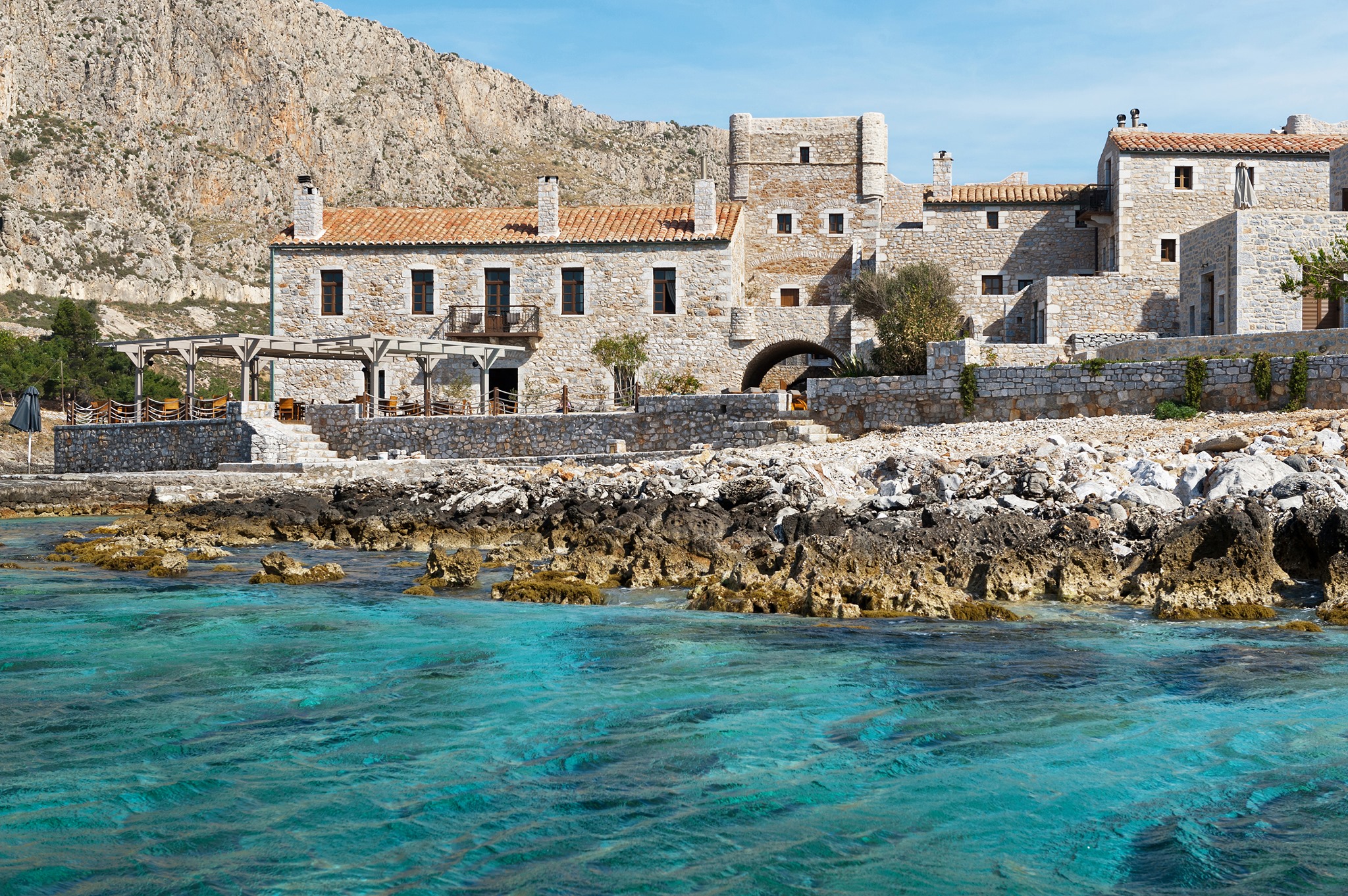The unsuspecting driver driving on the old National Road Messolonghi – Etoliko will be surprised. They will see hills, up to 15 metres high, not with grass, not even made of hay, but of salt.
This is where the Salterns of Messolonghi are located, the largest salterns in Greece. Part of this story is the centuries old history and the great contribution to the local economy. Another part is the actual image that you see when you visit the area; various colours and parts that resemble the lunar landscape.
At the shores of the lagoon there two salterns, one that belongs to the state and the other that belongs to the Municipality of Messolonghi – the only saltern in the country that is not owned by the state. The larger one, belonging to the state, is about 12.000 acres in size, while the municipal one is 2.000 acres.
These two salterns regularly produce 50-70% of the Greek salt production. “In the past one was called White – the state one – and the other was called Black. This has to do with the colour of the salt they produced,” Mr Nikos Kordosis, who is trying to promote salt-tourism in the area, tells us.
Nikos Kordosis has memories of being a child and playing in the “pans” where the sea water is collected and then left to evaporate to leave behind the salt. In 2010 his non-profit organization “Diexodos” organised a large exhibition on salt titled “Salt, the white treasure”. It was so successful that Mr Kordosis decided to make it a permanent exhibition, that is to create a salt museum. So, in 2020 the Salt Museum in Tourlida (an islet in the lagoon that is connected to the town of Messolonghi with a road since 1885), right next to the municipal saltern, in a building that used to be a dormitory for the salt workers, and then a warehouse storing hay for the horses that pulled the trolleys carrying the salt, was founded.
Here you can learn about the local salterns’ history, records of which date to the 14th century. You can see a collection of 1.500 saltshakers dating back to the 19th century, some of them true works of art, others simpler in design. You can learn about the 14.000 different uses of salt – cooking is only a small part of them. You can learn about salt’s role in the culture and civilization of different peoples around the world and see works of art inspired by salt, and of course, enjoy the view of the salterns or walk between the salt hills.
Due to the restrictions of the pandemic, the museum essentially opened to the public in May 2021. “The response was great, in four months we exceeded 4.000 visitors. This shows that people, throughout Greece, are interested in traditional products and it also shows people’s tendency to do more things during their holidays than just go to the beach,” Mr Kordosis says.
The exhibition’s success, and also the general rise in the interest for traditional products also had an impact on business. Locals established small businesses processing and selling Messolonghi salt or salt mixtures. “We sell unrefined salt, in various sizes, everything is done by hand,” Lambros Floros, who founded a small salt business with his children in 2012, says. “Unrefined salt is a much better product than the regular salt you find in stores.”
Mr Floros attributes the success of his business to the product itself. “Even an untrained palate can understand the difference. But there’s also the difference in colour. Salt, contrary to common belief, is not white. The colour depends on the weather conditions. It can be clear, crystalline, it can be bright white, or it may be a shade of white. The bright white is the result of baking and crushing the salt. Another way to understand whether salt has been processed is the size of the crystal. Salt crystals that have been baked and crushed have the same size.
In the Messolonghi salterns, the salt is made using a method that exists since antiquity. The production period starts around March/April and lasts until the end of October. The sea water evaporates in the sun and wind, and the salt remains. Artificial sea water basins are created in the salterns.
In the spring and summer, the water gets warmer, and it slowly dries, the high temperatures and the winds having done their work. After it passes through various tanks to be “filtered”, at the end of the summer, the sea water that is full of salt is transferred to the pans. There the water dries completely and in September the harvest begins. The salt is then washed with sea water and is transferred to an outdoor warehouse, that is to the salt hills that impress visitors.
Afrina, the Greek fleur de sel
The only fleur de sel in Greece is produced at the Messolonghi salterns. “The weather conditions in the lagoon are important for this as well. The water is shallow and warm, the waves are almost non-existent, and the winds are mild. On the surface of the pans, a thin crust of the first salt is created. With the wind, this crust is slowly moved to the edges of the pan in the form of salt foam,” Mr Floros tells us. “That’s why the Greek fleur de sel is called Afrina (from the Greek ‘afros’ that means foam). When this foam dries, it’s collected exclusively by hand by specialized workers using wooden tools. It’s the only part of the process in the saltworks still done by hand, using a special technique,” he adds. The harvest of afrina is the first harvest each year. As soon as they are done collecting it, they start collecting the salt, this time using machines. According to Mr Floros, Messolonghi’s afrina is superior to the French fleur de sel “but here too, as in other issues, there’s work that needs to be done concerning the marketing”.
Salt as a tourist attraction
Both Mr Kordosis and Mr Floros think that with the salterns and the salt museum at the centre there is potential for tourist development in the area. “The natural environment of the lagoon is unique. There are flamingos, there is a complete ecosystem, there are hot springs,” Mr Floros says. You don’t need a local to tell you. If you take a walk in the area you will be impressed by the uniqueness of the landscape, by the colours of the salt pans, and the alternating shades of blue, green and red. Apart from the salt hills, you’ll see the ‘pelades’, that is the little houses that seem to be floating in the sea, used by the fishermen to rest. You’ll also see ‘priaria’, the boats with the flat bottoms that can float in the very shallow waters. “The special flora and fauna of the area, together with the white treasure, the salt, is what needs to be the focus of tourist development” Mr Kordosis concludes.



